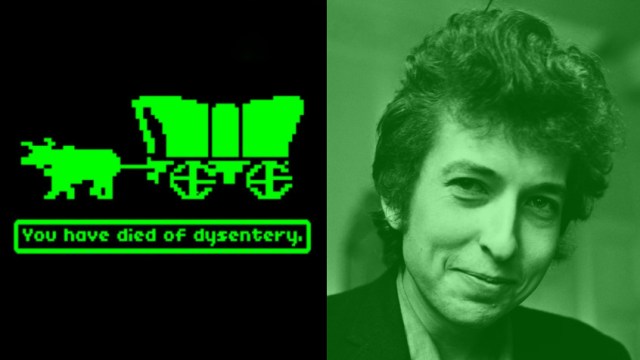Why firing a gun into the air can kill somebody
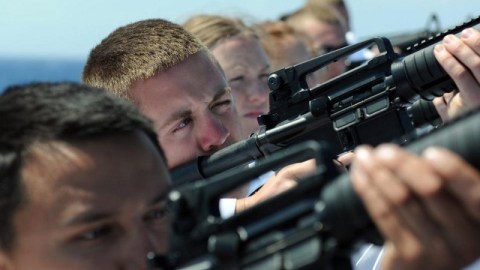
The physics of why popping off a few rounds in celebration can quickly turn deadly.
“I’ve heard it said that God made all men, but Samuel Colt made all men equal. We’d see what Mr. Colt could do for a woman.” –Cherie Priest
Would you fire a gun into the air in celebration if you knew that, when the bullet comes down, it could kill somebody? It’s no surprise that bullets fired towards a target can easily destroy whatever they run into: a bullet from an AK-47 leaves the rifle traveling at over 1,500 miles per hour (670 meters per second): about double the speed of sound. Despite only having a mass of about five grams — under a fifth of an ounce — it’s got the energy of a brick dropped from a 30 story building. Concentrated into a tiny surface area at the bullet tip, it can easily break through your skin. And once it does, that energy and momentum tears through your body, ripping a hole through blood vessels, muscle, and potentially vital organs. No wonder it can kill you.
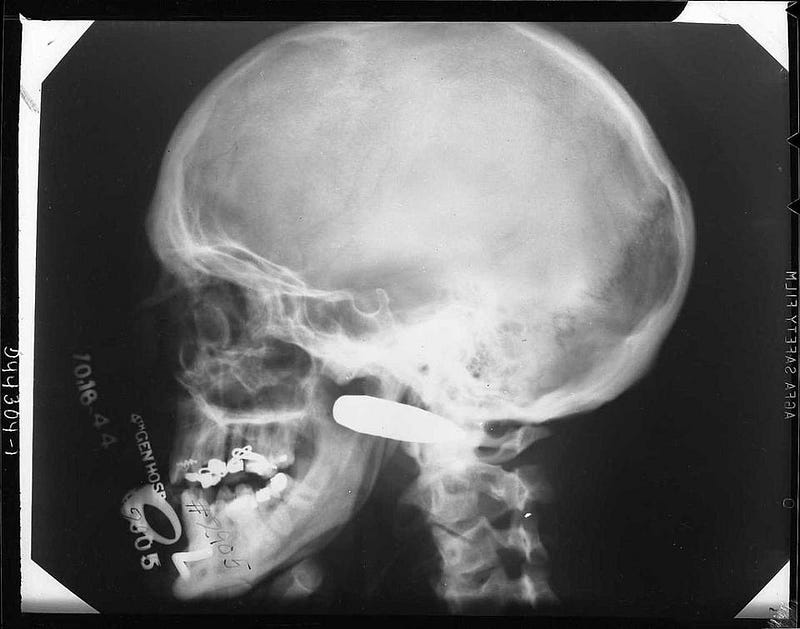
But what if the bullet is fired up, rather than directly at a target? If you performed that experiment on the Moon, if the bullet went up at 1,500 miles per hour, then no matter what angle you fired it at and how long it took to come back to the lunar surface, it would come down at 1,500 miles per hour. A bullet fired away from the Moon’s surface would be just as lethal as one fired across it. But on Earth, we have our atmosphere, which means we also have air resistance. A bullet fired straight up, with no wind, might reach a height of 10,000 feet (about three kilometers), but will come back down at only around 150 miles per hour: just 10% of the speed and with only 1% of the energy as the originally fired bullet.
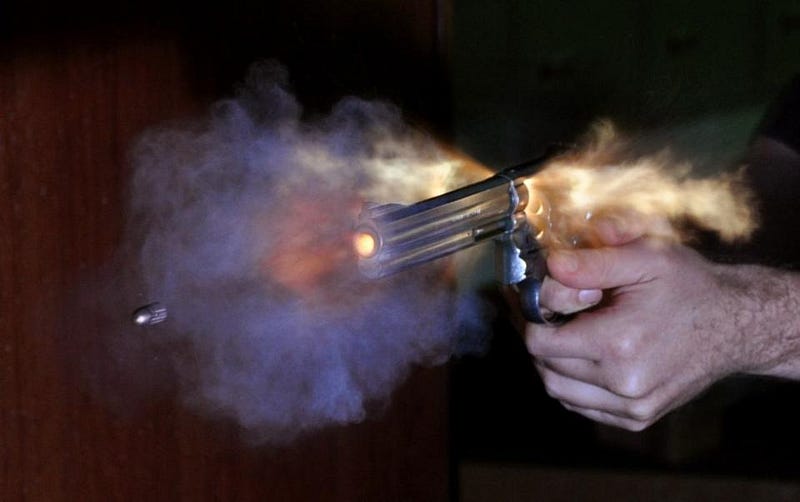
But in reality, there are extra factors at play:
- We do have wind, which can make bullets fired even straight up come down up to two miles away.
- Not every bullet is fired straight up; many are fired at an angle. If the bullet never stops or tumbles, it can maintain much greater speeds: many hundreds of miles per hour.
- All a bullet needs to do to be potentially lethal is break the skin, which occurs at different speeds for different bullets and different people.
So in order to know whether a bullet will break your skin or not, we need to look at two things: the bullet type and your skin type.

The generally accepted threshold for breaking the skin barrier is 136 miles per hour, although some bullet/skin combinations will cause the bullet to bounce off you at up to 225 miles per hour. The pointier a bullet is, the slower it can be moving and still break your skin. (Hollow point bullets are more dangerous not because it’s easier for them to puncture your skin, but because they create more damage once they do.) Bullets of different sizes and calibers can puncture skin more easily: buckshot will perforate skin at 145 miles per hour and bullets from a .38 caliber revolver will do so at just 130 miles per hour. Bullets from a 9mm handgun may max out at speeds as low as 102 miles per hour. And a .30 caliber bullet, according to Mattoo’s equation, might do so at only 85 miles per hour.

In addition, skin thickness varies from person-to-person and at different places on your body. The skin on your upper lip is 50% thicker than the skin on your cheek, and the skin just below your cheekbones by your nose is even thinner, particularly in the elderly. Babies and young children have very thin skin relative to adults, and while the elderly have thicker skin in general, it has less elasticity and is easier to tear and puncture.
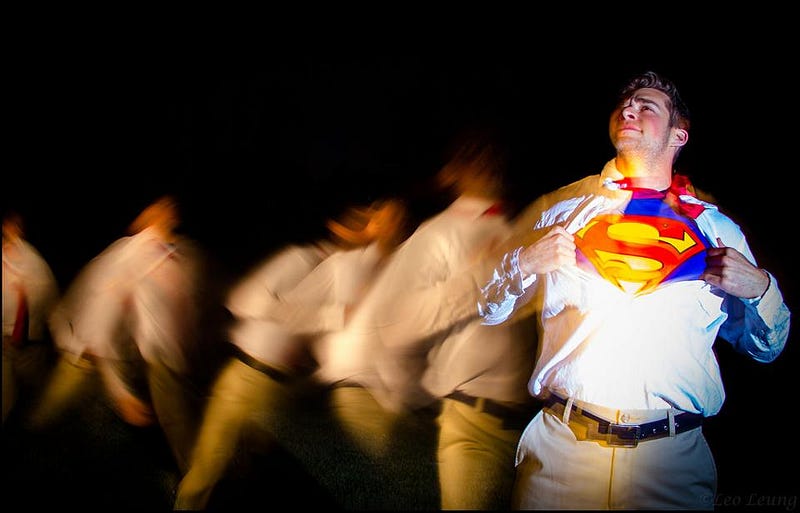
According to Hatcher’s Notebook, where U.S. Army Major General Julian Hatcher reported on a huge suite of military ballistics tests, a .30 caliber bullet has a terminal speed of 200 miles per hour, not 150. When you fire a bullet into the air, it typically takes between 20 and 90 seconds for it to come down, depending on the angle it was fired at, its muzzle velocity and its caliber. New years and July 4th, in the USA, are particularly dangerous in urban areas for this, as injuries from falling bullets and even occasionally deaths result. While reports from hospitals are often disputed by police, there are well-documented cases that prove how lethal this can be. In 2010, Marquel Peters, four years old, was killed by a stray falling bullet in Decatur, GA.
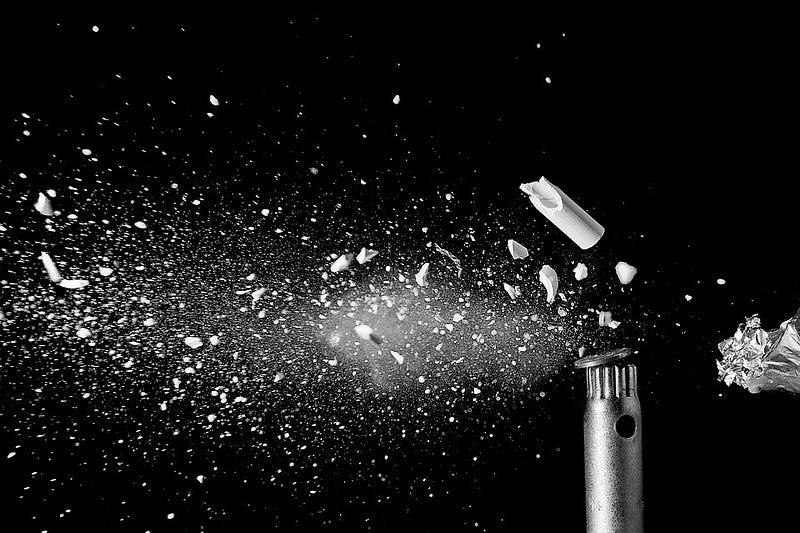
If you must fire a gun into the air, the way to minimize your potential risk to yourself and others is to:
- fire the bullet as close to vertical as possible (where it will lose the most speed),
- from a low altitude location (where air resistance is higher),
- in a rural, low-population-density area (where it’s less likely to hit a person),
- and to fire a lighter, larger bullet (with a lower terminal velocity).
And finally, as a bystander, know that you aren’t completely safe from a hail of falling bullets until two minutes have passed since the final gunshot. Firing a gun into the air might be extremely unlikely to kill the person firing it, but there’s a reason that most major cities have outlawed it: your freedom to celebrate ends when your celebration starts to kill innocent bystanders.
This post first appeared at Forbes, and is brought to you ad-free by our Patreon supporters. Comment on our forum, & buy our first book: Beyond The Galaxy!





